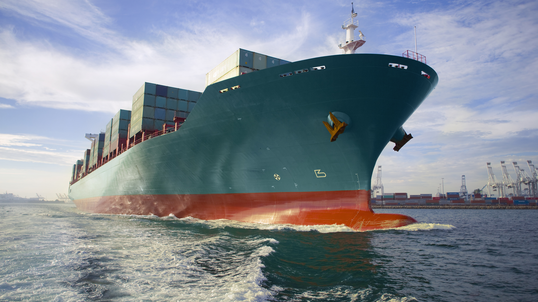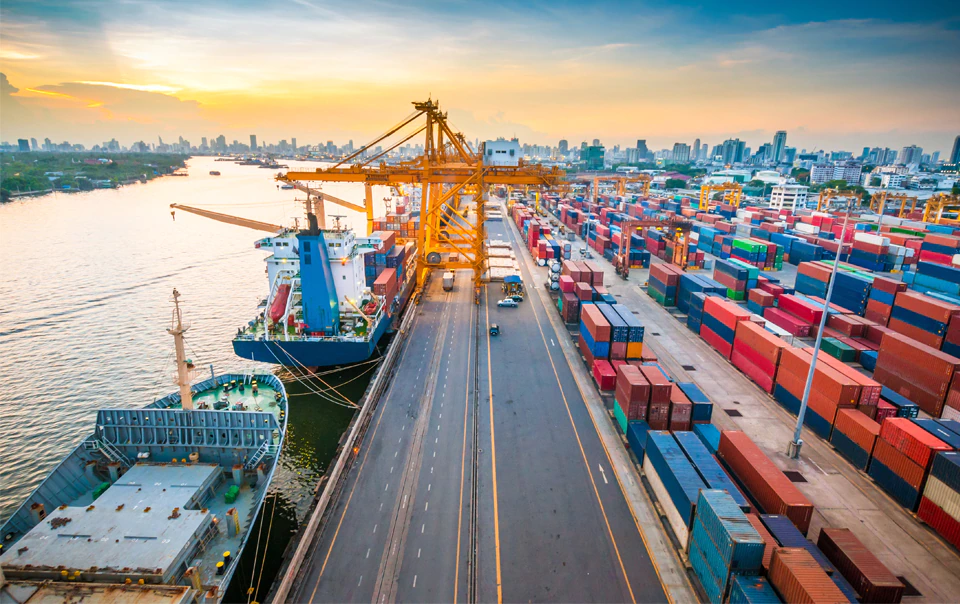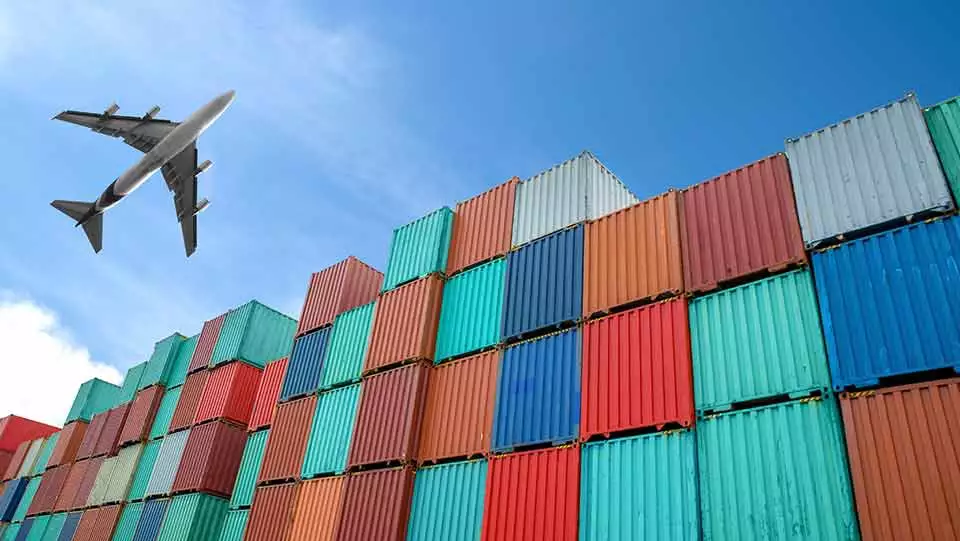How Well Do You Understand Your Cargo Theft Threats?

Cargo theft can impact almost any supply chain across the globe, and the threats can vary significantly. Variables such as the type of commodity shipped, the regions of the world where it may pass through, and, even the time and day of the week all are factors to consider when understanding cargo theft threats.
Scott Cornell, Travelers’ National Practice Lead for Transportation, shows how data and speed can help customers recognize, avoid and respond to identity theft schemes and other types of cargo theft.
(SPEECH)
[MUSIC PLAYING]
(DESCRIPTION)
Text, Data and speed, preventing cargo theft.
(SPEECH)
SCOTT CORNELL: Cargo theft is a multibillion dollar business. From pet food to flat screens, cargo theft disrupts day-to-day business operations across the country. It's not just lost goods. Cargo theft ripples across a supply chain and impacts the bottom line.
Consider the complexity of global and domestic supply chain. Each leg and every transfer point presents an opportunity for theft. To stay one step ahead of cargo thieves, businesses need both data and speed. Data to recognize theft patterns and techniques. Speed for a fast response that helps limit theft, giving law enforcement a better chance to recover stolen goods and put a stop to organized crime rings that commit these thefts.
At Travelers, we know the current hotspots around the world where these crimes are happening and the latest ways criminals are using identity theft technology to steal. And we can help your business avoid cargo theft. Our Special Investigations Group works with Travelers customers to help prevent thefts and to recover the stolen goods.
The team built a sting trailer, equipped with surveillance and tracking capabilities, designed to help break up cargo theft rings once they've been identified. We've positioned our investigators across the country in the areas where cargo theft is most prevalent. And they're ready to respond 24/7, 365 days a year for our customers.
When we're notified of a stolen load, we use analytics and resources developed over years of field work to quickly gather leads and partner with law enforcement to help them track down the thieves. For a customer who'd lost 12 loads to identity theft, our quick response, thorough investigation, and partnership with law enforcement helped them recover all but one load within just two days.
I'm Scott Cornell, National Practice Lead, Transportation, for Travelers. To learn more, visit travelers.com.
(DESCRIPTION)
Travelers Logo
Data and Speed: Preventing Cargo Theft
www.travelers.com
Copyright: 2019 The Travelers Indemnity Company. All rights reserved. Travelers and the Travelers Umbrella logo are registered trademarks of the Travelers Indemnity Corporation in the U.S. and other countries.
Identifying your product’s susceptibility to theft and developing appropriate strategies can help protect your cargo and your business. “Education is paramount to effectively combating cargo theft,” says DZ Patterson, a Travelers Investigative Services professional. “Once companies understand their particular cargo theft threats, they can implement targeted behavioral and procedural changes more effectively. These can include improved hard controls, including locks and electronic detection, as well as implementing cyber security techniques, to harden their supply chain,” adds Patterson. One approach to curbing cargo theft and introduced by Travelers’ Special Investigations Group (SIG) is the Travelers’ “Sting Trailer.” The trailer is an innovative tool that Travelers deploys in partnership with law enforcement operations. Its use has shut down criminal operations resulting in arrests and criminal prosecutions.
What is stolen most due to cargo theft
Most people believe cargo crime is focused on larger value pharmaceutical and electronics. However, home and garden supplies, as well as food and beverage products, are the two most theft targeted cargo types. These two categories account for more than 30 percent of all reported cargo theft in the United States in 2017.* This type of cargo is attractive to thieves because it can be more easily resold in illicit markets. Other more protected products may have more developed anti-theft features, for example, unique control numbers and identifiers that help law enforcement identify stolen goods.
Cargo thieves take advantage of every weakness they can. Some examples are:
- Poor roadways and transportation infrastructure, such as bridges and ineffective traffic control.
- Weak or non-existent security procedures at ports and terminals.
- Unreliable telecommunications networks that are expected to support covert tracking devices.
These types of regional weaknesses can serve as choke points where cargo thieves focus their resources to attack cargo moving within them.
In the United States, cargo thieves tend to consider weekends, especially extended holiday weekends, as prime times to target cargo. They understand that reporting and response times can be delayed when facilities are left unattended over weekends and holidays, giving them more time to transfer cargo to another trailer, hide it away in another location or even sell it to another party before law enforcement, or even the shipper, is aware the cargo is missing.
A few starting points when evaluating the theft potential for goods in transit are:
- Understand how your cargo will travel—both type of conveyance and the actual route it will take.
- Develop routes that avoid areas with ‘known’ high-crime or poor infrastructure.
- If shipping in higher-crime areas is unavoidable, work with local law enforcement to time shipments to occur when there is less chance for theft.
- Consult with reputable security vendors who may be able to provide better security solutions and types of anti-theft devices that meet your threats.
- Enforce high security standards within your operations, such as:
- Require trailer kingpin locks to be installed whenever a loaded trailer is not attached to a tractor.
- Ensure facilities are well-lighted and fence lines are maintained.
- Have drivers avoid stopping within the first 200 miles from the pickup point.
- Prohibit drivers from leaving loaded trailers unattended.
Shippers can incorporate these requirements, as well as others, within their freight contracts.
Source
* SensiGuard™ Supply Chain Intelligence Center (SCIC), U.S. Cargo Theft 2017 Annual Report.




